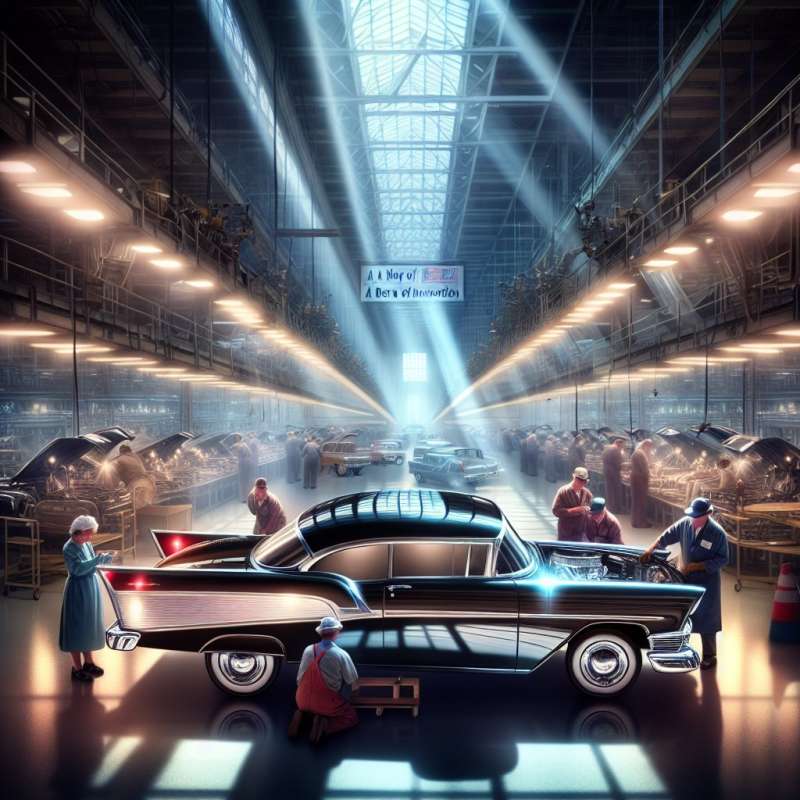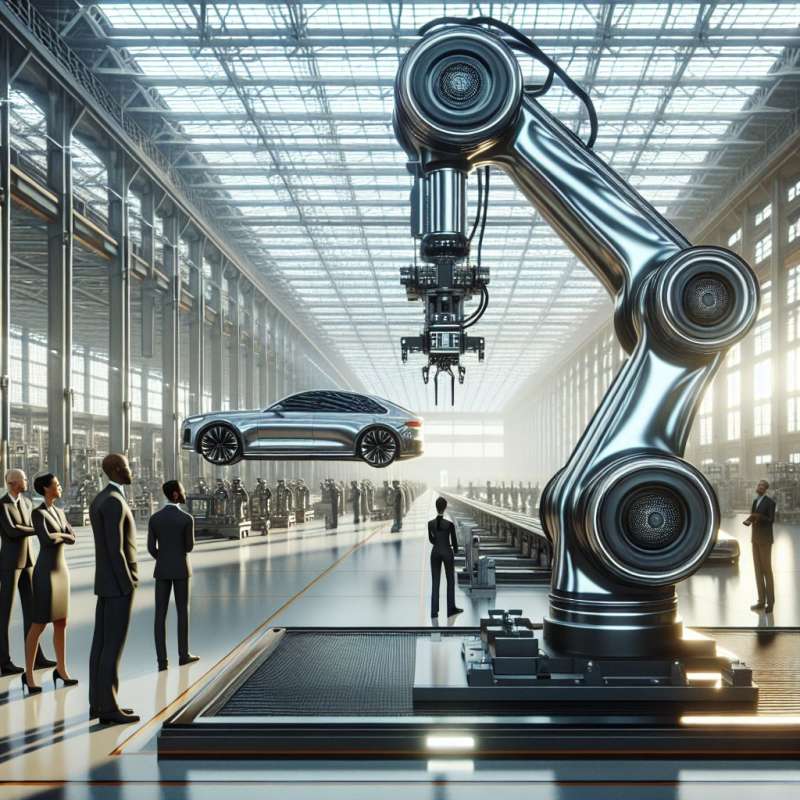
History of Auto Manufacturing
Automotive production began in the 1890s. Ransom Olds revolutionized manufacturing with the first automotive assembly line in 1901, reducing the Oldsmobile's price by nearly half and vastly improving production efficiency.
Ford's Assembly Line Impact
In 1913, Henry Ford introduced the moving assembly line, further transforming the industry. This innovation reduced the Model T assembly time from 12 hours to just 93 minutes, establishing the basis for modern mass production.
Post-War Production Boom
After WWII, automotive production soared. The industry saw advances in technology, safety, and design. The '50s and '60s became known for iconic models, reflecting economic prosperity and the rise of consumer culture.
Robotics and Automation Era
In the 1980s, robotics began to revolutionize auto manufacturing. The introduction of robots increased precision, improved worker safety, and further boosted production efficiency, shaping today's high-tech automotive plants.
Just-In-Time Manufacturing
Toyota's Just-In-Time system, part of the Toyota Production System, was a game-changer in the 1970s. It synchronized orders with production and inventory, reducing waste and leading to the lean manufacturing principles widely adopted today.
Electric Vehicles' Production
Electric vehicle (EV) production requires fewer parts than conventional cars, but introduces complexities such as battery production and sourcing rare materials. The shift towards EVs is reshaping supply chains and production strategies.
Future: Sustainable Manufacturing
Manufacturers are increasingly focusing on sustainability. Use of renewable materials, reducing emissions in production, and recycling end-of-life vehicles are forefront goals. These green initiatives represent the future of automotive manufacturing.Bamboo Car Body
In 1941, Henry Ford unveiled a car with a body made from hemp, soybeans, and bamboo, showcasing early sustainable materials in auto manufacturing.
Who started the automotive assembly line?
Henry Ford in 1913
Ransom Olds in 1901
Toyota in the 1970s
Company